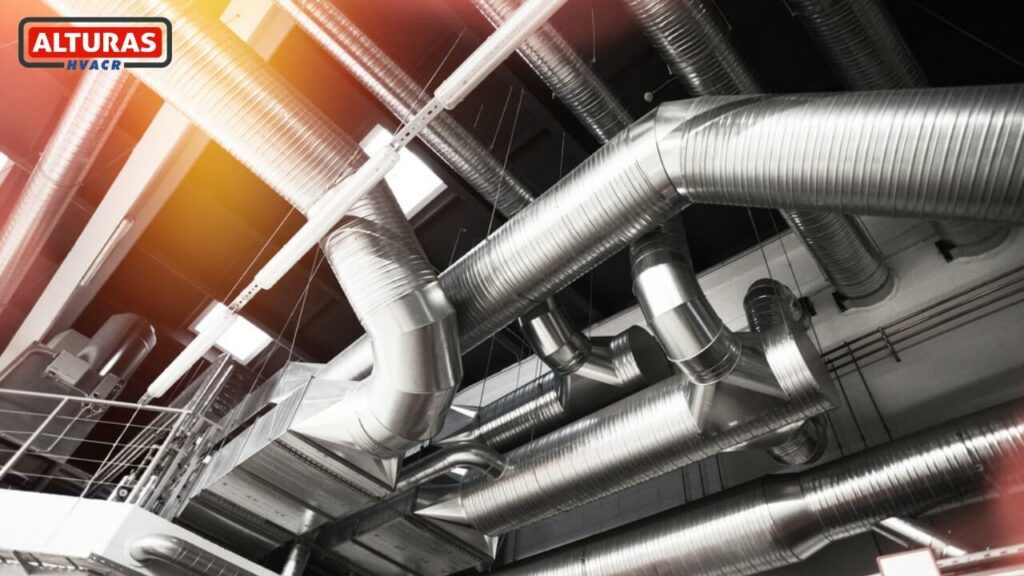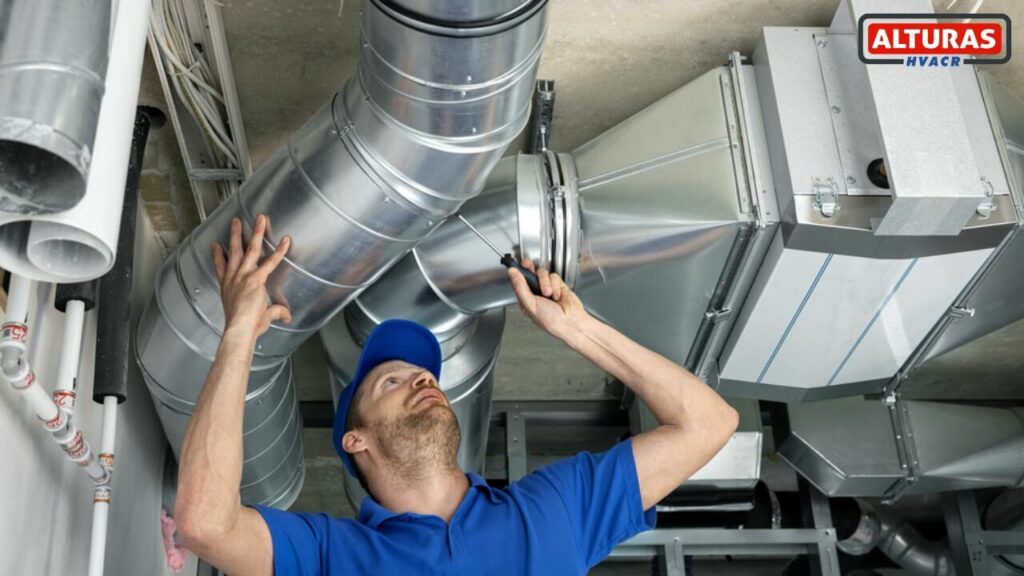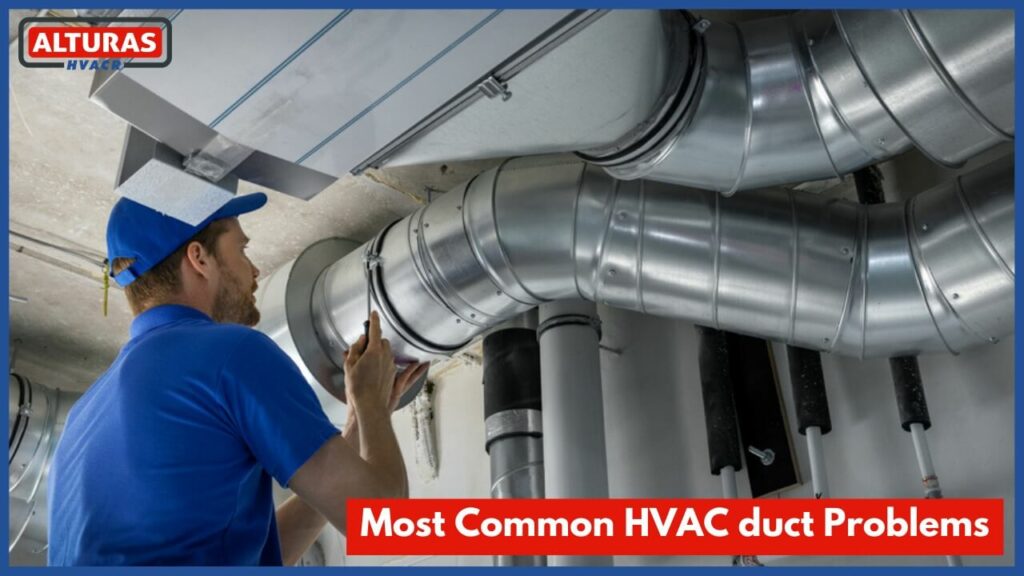Air ducts are a significant component of your heating and cooling system. They are the pathways through which cooled or heated air travels in a residential home or commercial building. Without them, there would be no proper ventilation. But most of the time, air ducts are overlooked and taken for granted. Many times, homeowners have no clue that a problem exists.
With continuous and excessive use, dust and dirt accumulate in the air ducts. This dirt gets filled with contaminants and air pollutants that can not only harm your indoor air quality but can also cause your HVAC system to work harder. However, ducts need proper care and maintenance to function properly and provide comfort to families and businesses. Air duct regular maintenance ensures maximum efficiency and reduced HVAC duct problems
Common HVAC Duct problems

A malfunctioning duct not only increases your energy bills but can also significantly shorten the life expectancy of your system. Your home’s cooling system will perform better with regular maintenance, and air duct cleaning to ensure the longevity of your entire HVAC system. If you think that your HVAC system is inefficient or you are getting consistently high energy bills, look out for these six common duct problems.
Improper Insulation
The main goal of thermally insulated ducts is to reduce the amount of heat loss and heat gain, which in turn saves energy, through the ducts. A considerable amount of heat and air can escape out of the ducts if they are not insulated. So it’s necessary to keep all ductwork well-insulated.
Poor Design
A duct system that transfers the air from one point to another with the least distance and obstructions is economical and very effective. Poor design will result in inefficient heating and cooling in your home and make your energy bill skyrocket.
Dirty ducts
Ducts clogged with dust, debris, germs, and contaminants recirculate through your ducts. Similarly, mice, squirrels, rodents, and insects can make their way into your air ducts. They leave behind all sorts of bacteria and droppings. This allows tiny faecal spores to sweep along the ducts. These spores can then make their way into your home and contaminate the quality of the air you breathe.
Inadequate Airflow
If you have flexible ductwork, be sure there are no twists, or other obstructions restricting the airflow. These kinds of ducts can even get crushed, causing significant issues with air circulation.
Leaking Ductwork
Leaking ductwork is also a common HVAC duct problem. Loose or disconnected ductwork can cause the air to leak into open spaces. This can affect your indoor air quality too. According to HVAC experts, an average home loses about 20-40% of the air that circulates through leaking ducts, causing major inefficiency in your HVAC system.
Poorly sealed registers and grills
Improperly sealed registers at the duct connection cause air to escape your ducts even before reaching your rooms. This allows the entry of insects, rodents, and debris into your ductwork. Not only does air duct sealing impact energy efficiency, but it can also affect your unit’s lifespan.
Hire a Professional

If you witness any of the above mentioned problems in the air ducts, call an HVAC professional right away. Since cleaning and maintaining your HVAC air ducts is an intricate process and is not something you should attempt to do on your own. It’s a complex process that requires specialized tools and advanced knowledge of HVAC systems. Make sure you choose a qualified contractor to ensure the job is done right.
Alturas Los Angeles HVAC contractors are skilled in addressing all types of HVAC duct problems. We have professional HVAC air duct specialists who use commercial-grade vacuum systems and powered brushes to loosen and remove dirt and debris from your home’s or commercial HVAC system. Our Air duct cleaning professionals are also trained to diagnose other hidden problems in an HVAC system that a homeowner may not be able to identify.

